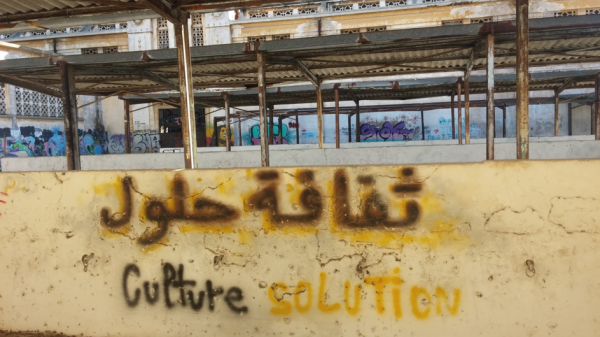
Ines TANOVIC SIJERCIC
During my first secondment at Association Racines in Casablanca, I focused my research on several issues related to the subject of public space. Throughout the analysis, research and fieldwork, I was interested in the meaning of public space in Moroccan society. The study investigates the political, social, economic, religious, gender and cultural implications of public space in Moroccan society. It is especially centred around the habits, customs and uses of public space by its citizens, particularly focussing on artists, the youth and various social groups and movements.
Considering that public space is, amongst other things, a place of transformation, a potential arena for community revitalisation and participatory local democracy, and a space of emergence of new narratives, I was curious to study the role of culture and the arts in place-making on a community level. I did this by researching into the particular examples of Casablancan neighbourhoods of Sidi Moumen and Aïn Sebaâ. Both communities provide admirable and exceptional examples of community work in public space and show the immense potential of culture and the arts for renewal, innovation, diversity and development. The opening of L’uzine, a cultural centre in the industrial district of Aïn Sebaâ or Les Etoiles/The Stars of Sidi Moumen Cultural Centre, on the city’s outskirts, represent a unique shift in bottom-up approaches to communities’ social, economic and cultural needs.
